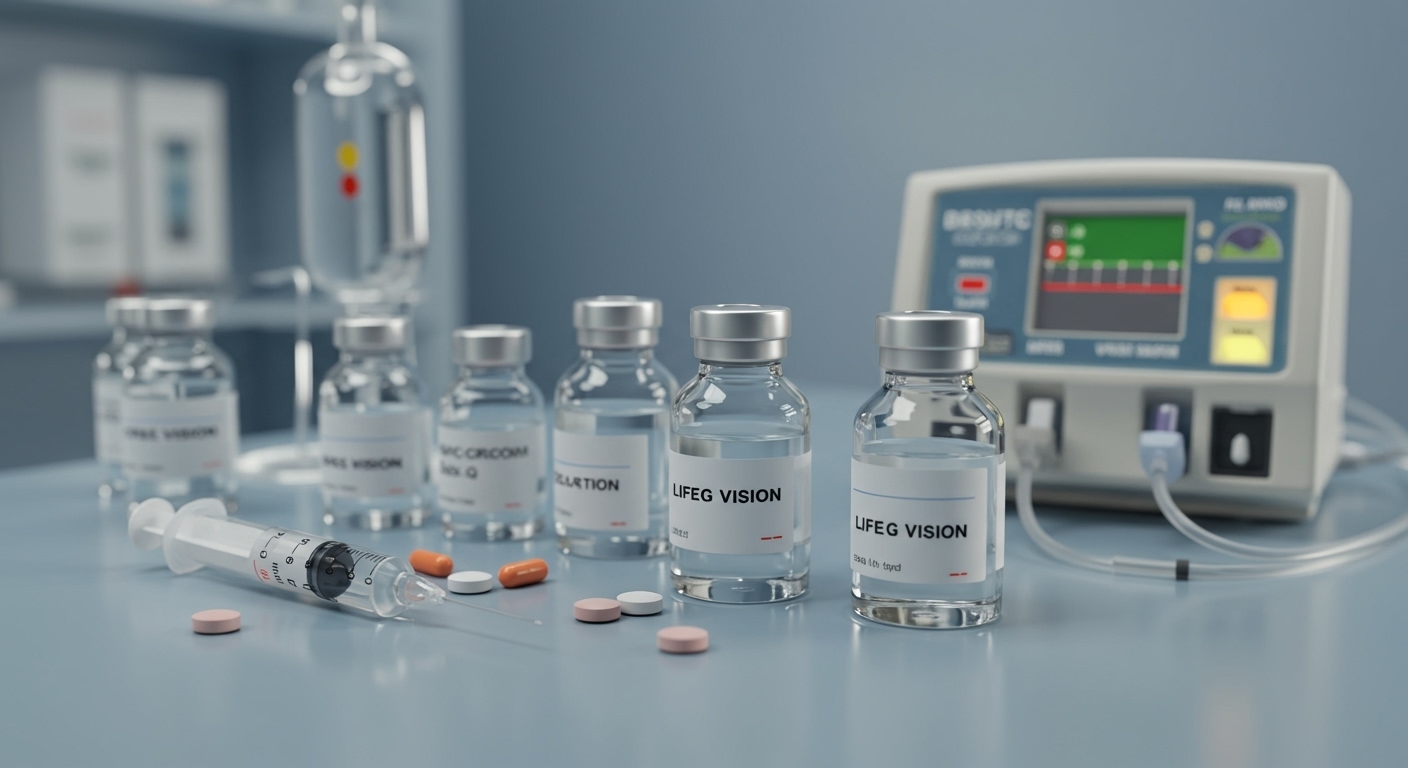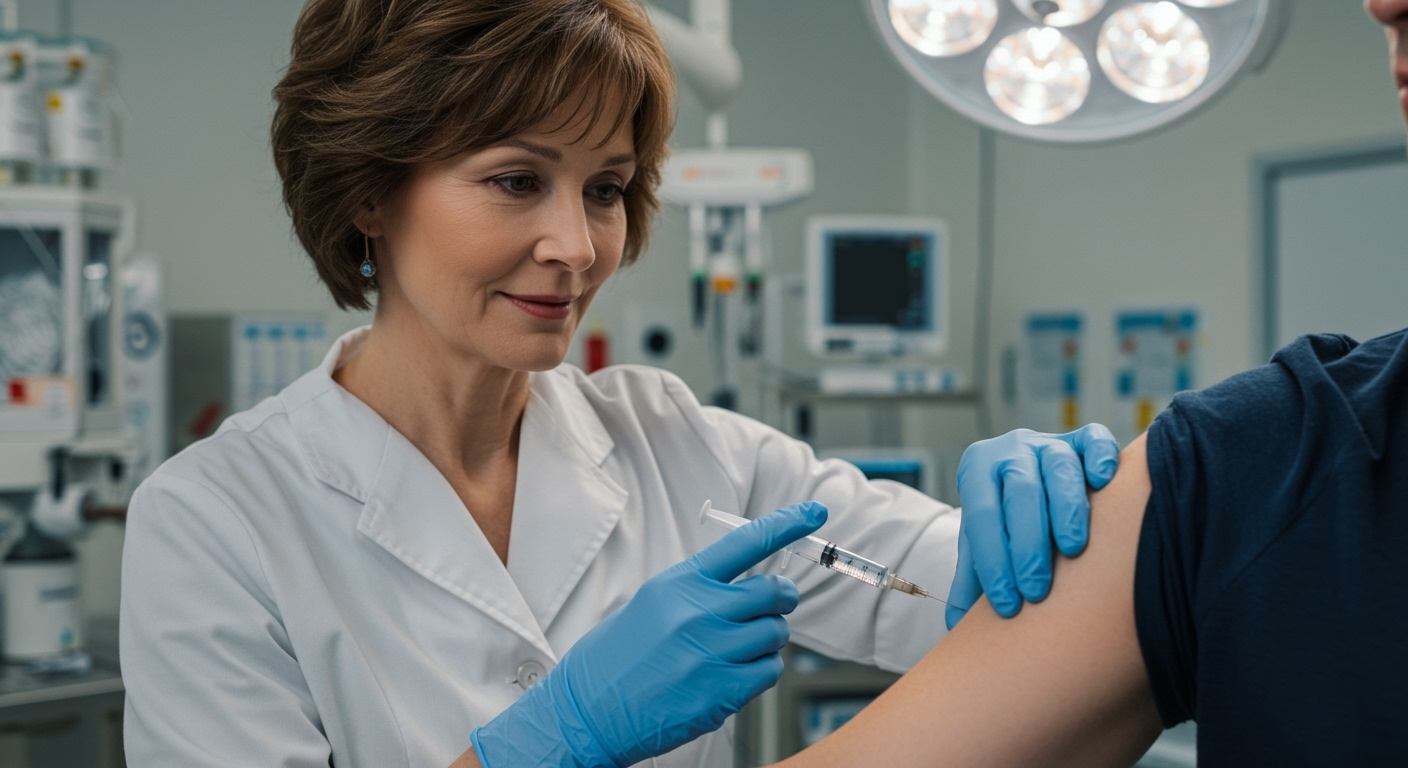What is Parenteral Use? An Explanation
Nov 10th 2025
Many people in the US healthcare system hear the term parenteral use often. This term appears in hospitals, urgent care units, oncology centres, and surgical wards. Nurses and clinicians use it during daily treatment tasks. The method is common in infusion therapy centres across many states. Outpatient clinics also report rising usage in recent years. Industry reports show strong growth in IV therapy in the last four to five years. This growth comes from demand for fast medication action during treatment. Many chronic conditions also need steady and controlled medication delivery. These needs make parenteral use important in modern US healthcare workflows. Infusion units see higher patient volumes because the route offers predictable results. Clinicians prefer this route when they must act quickly during treatment. The method supports many forms of medication administration in different settings. These features explain why the route has become standard in many clinical environments.

Defining “Parenteral” in Medicine
The word parenteral has a simple meaning in clinical practice. The term answers the question of what parenteral use means very clearly. It means the drug avoids the digestive tract entirely during entry. The medication enters the body without touching the stomach or intestines. This method places medication directly into tissues or circulation pathways. The process avoids the normal breakdown that happens in the stomach. It also avoids the first-pass effect inside the liver during digestion. The method helps drugs reach the bloodstream with greater accuracy. Clinicians use this route when exact timing is important for therapy. The method also helps when oral forms may not work for the patient. These details show why many clinical workflows depend heavily on parenteral routes. The method supports fast adjustment when changes in patient status appear quickly. This flexibility helps provide safe and consistent medication administration in many fields.
Common Routes of Parenteral Administration
Parenteral delivery uses several main routes during treatment. Each method supports different goals for speed and absorption. Clinicians choose the route based on dose, timing, and patient condition. These routes help answer common questions about parenteral use in practice.
Intravenous (IV)
IV access sends medication straight into the bloodstream within seconds. The method gives the fastest onset among all routes used today. Many infusion therapy consumables in the US support this access method. The setup includes sterile tubing, connectors, and secure entry ports. The method helps deliver medication during urgent or unstable conditions. Rapid treatment helps patients who need immediate responses from medication. Clinics use IV setups during hydration therapy, high-dose antibiotics, and chemotherapy. These treatments rely on consistent flow and stable access throughout the session. The direct bloodstream entry makes IV a trusted route across many treatment lines. Nurses monitor the site to prevent complications during the infusion process.
Intramuscular (IM)
IM injections deliver medication into the muscle tissue beneath the skin layer. The tissue absorbs medication at a slower but steady pace during treatment. This route helps when a longer release pattern is important for results. Clinicians use IM injections for many vaccine doses across the US. Some extended-release medications also depend on this placement method. The method is useful when oral medication fails or is not tolerated well. The route also works when medication must avoid stomach acids completely. The technique helps deliver accurate doses without complicated equipment setups. Clinicians choose IM when a moderate onset supports patient needs. This route remains common in both urgent care and outpatient clinics.
Subcutaneous (SubQ)
SubQ injections enter the fatty tissue just under the skin surface. The tissue absorbs medication slowly and gently over many hours. This makes SubQ useful for small-volume doses in daily therapy. Some sterile accessories support SubQ injections in clinical workflows. These accessories include connectors, adapters, or controlled dose devices. The method works well for insulin, hormone therapy, and some biologic drugs. The route helps maintain steady levels without large, sudden changes. The technique is easy for trained staff and some patients at home. SubQ remains important in chronic disease management across the US. This helps many people receive stable and safe medication administration daily.
Why is This Route Used?
Parenteral delivery is chosen for several strong clinical reasons. The route supports rapid action when timing matters for treatment. Many drugs cannot survive the digestive process, so this route helps deliver them. Some medications lose strength when exposed to stomach acids during digestion. The parenteral route solves that issue by sending medication directly to tissues. The route also helps when controlled absorption is needed for the best results. Many chronic diseases require steady and predictable medication levels. This route delivers those levels better than many oral forms. Outpatient infusion therapy centres across the US use this method often. The predictable onset helps staff manage patient outcomes more safely. The method also supports treatment plans that require strict timing windows. These benefits help answer what parenteral use means within clinical practice. Clinicians rely on these routes because outcomes remain consistent across many cases. The method supports treatment accuracy without delays from digestion.
The Importance of Sterility in Parenteral Use
Sterility is critical for every type of parenteral delivery route. The technique places medication directly into internal tissues or blood. Any contamination can move quickly through the body during treatment. This makes sterility the most important safety requirement for parenteral use. Improper handling of devices increases the risk of bloodstream infections. The professional medical suppliers for sterile single-use adapters highlight clean manufacturing steps. The packaging protects the product from environmental exposure during shipping. Clinicians trust sterile connectors because infection control is essential. The process reduces risk during every injection used in treatment. Healthcare teams follow strict rules for sanitising hands and surfaces. Staff discard single-use items after one procedure to avoid contamination. The US healthcare system invests heavily in sterile components for these reasons. Safe equipment helps maintain high standards across all infusion practices. These efforts support consistent results and protect patient health at every step.

Sol Injection in Parenteral Settings
Many clinicians also handle sol injection products during daily work. This form refers to solution-based medication intended for parenteral delivery. These solutions enter the body through IV, IM, or SubQ routes. The clear liquid helps deliver the dose without delays or complex preparation. These forms support fast mixing, accurate dosing, and simple handling. Staff choose these solutions when predictable absorption is important. These products also support many treatment lines across infusion centres. The design ensures consistency without thick or complex medication forms. This helps maintain safe and smooth medication administration across many environments.
Conclusion
Parenteral medication avoids the digestive tract for faster treatment results. This method supports precise, predictable, and controlled absorption for many conditions. US clinics, hospitals, and infusion centres use this method widely. The route helps clinicians choose the best timing for treatment across many cases. These benefits make parenteral use essential in modern healthcare.
Clinicians normally compare accessories and sterile connectors before choosing options. These choices depend on workflow needs instead of simple price points. Safe tools help support quality care through every route used in practice.

